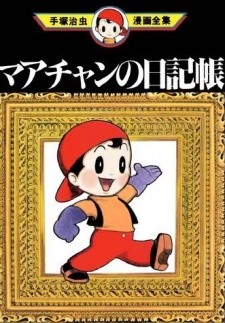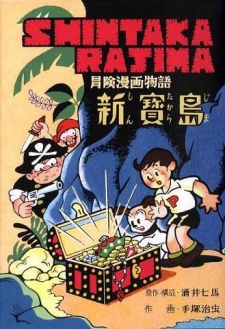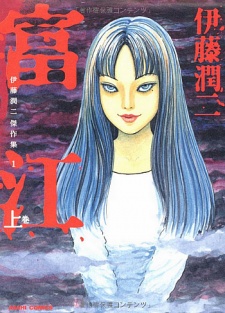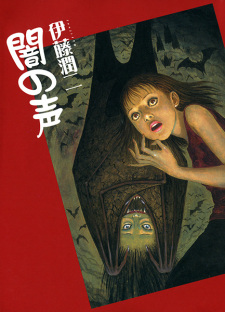Alternative TitlesSynonyms: Mamaa-chan, Marvelous Melmo, Adventures of Rubi, Bouken Rubi Japanese: ふしぎなメルモ InformationType: Manga
Volumes: 1
Chapters: 29
Status: Finished
Published: Sep 1969 to Feb 1972
Serialization:
Shougaku Ninensei Authors:
Tezuka, Osamu (Story & Art) Statistics Ranked: #137632 2 based on the top manga page. Please note that 'R18+' titles are excluded. Popularity: #13812
Members: 1,118
Favorites: 13 Resources | New Interest Stack Interest Stacks  A chronological selection of the most important works of Osamu Tezuka, a timeless influential figure on the medium and one of the greatest artists of all time.   Most of the shoujo manga made by men were created in the 50's, 60's and 70's. Back in those days it wasn't out of the ordinary. The father of manga himself, Osamu Tezuka, created many shoujo manga, including the famous Ribbon no Kishi (Princess Knight). |

